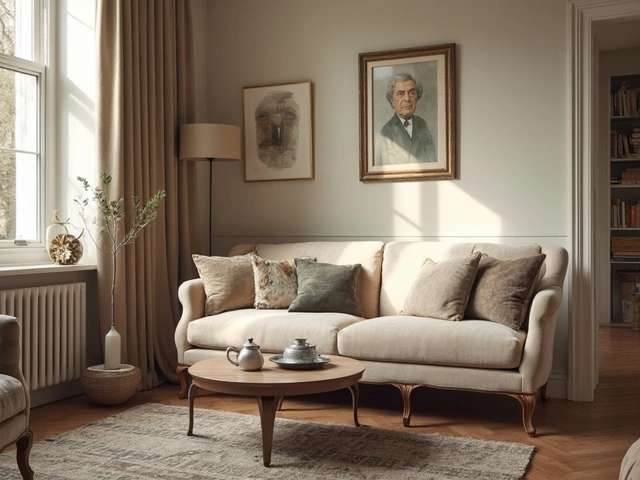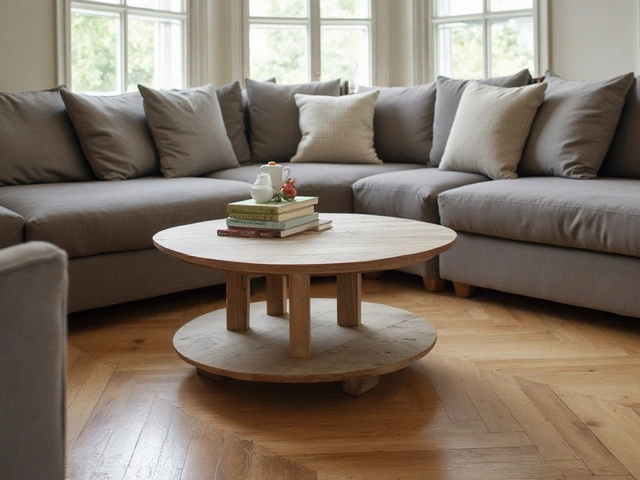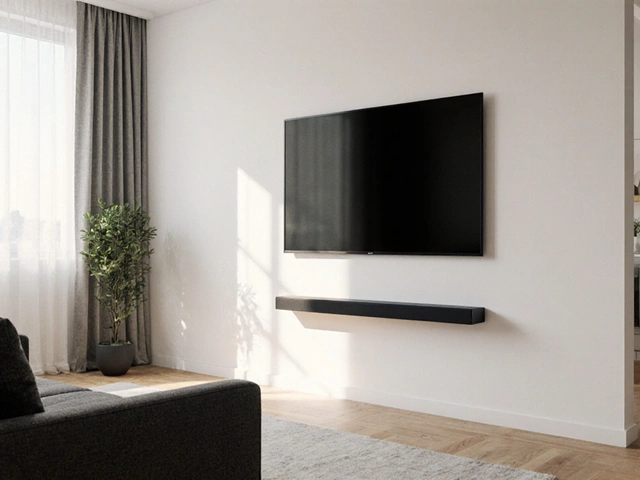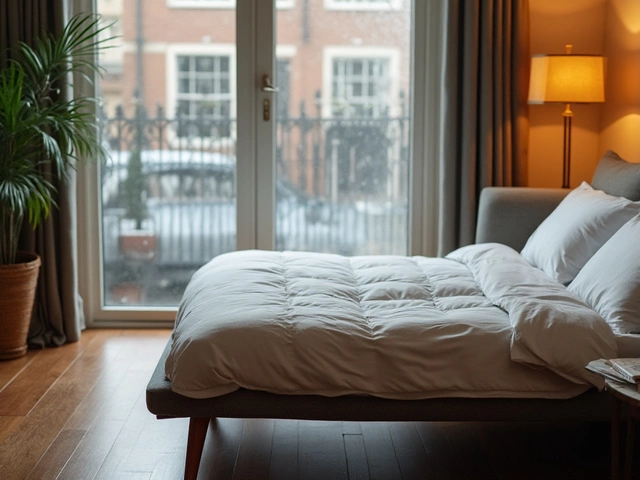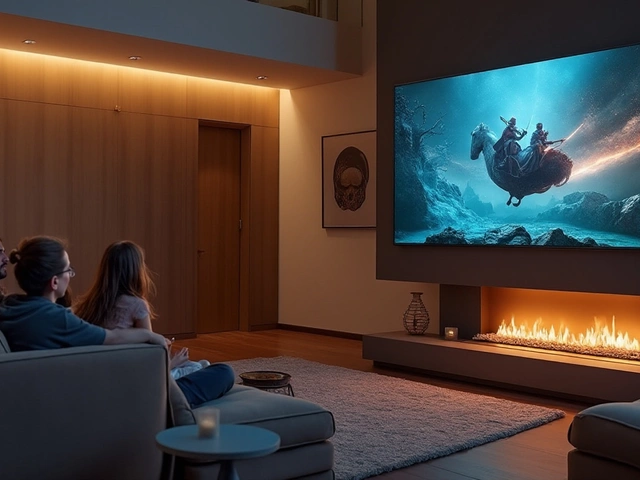Ask anyone who’s spent too many hours hunched over a keyboard: the line between comfort and chaos runs right up your spine. The simple act of picking the right office chair can mean breezy workdays or nagging aches you can’t shake off. When you go shopping, the shelves are packed with "mid-back" and "high-back" chairs, but what really separates these two, and should you care? Turns out, the answer could change how your entire body feels by five o’clock.
What Makes Mid-Back and High-Back Chairs Different?
On the surface, the difference seems obvious: it’s all about how high up the back the chair goes. But there’s more under the surface, tied to how each design supports your body. A mid-back chair stops just below your shoulders or sometimes reaches shoulder height. A high-back chair usually extends past your shoulders and supports your head, which can change the way you sit for hours on end.
But why are both options so common? Walk into any big office, and you’ll spot both. This isn’t by accident—these chairs have grown up alongside the way we work. Back in the day, people worked shorter hours at a desk, taking plenty of breaks. Desk jobs today? Longer, more static, and more mentally demanding. That’s why office furniture designers started paying proper attention to the parts of your back that take the biggest beatings. A mid-back chair targets your lower and mid-spine (lumbar and thoracic), where most of us start to slump as the day drags on. High-back chairs take it all the way up, letting you lean back and support your entire posture, sometimes even providing a headrest for those long video calls or power naps—yeah, you know those happen.
Surprisingly, the science of sitting isn’t new. A 1999 study out of the National Institute for Occupational Safety and Health (NIOSH) was one of the first to call out how unsupported sitting could increase the risk of cumulative back strain. Back then, mid-back chairs were standard. High-back chairs didn’t really take off until tech and call center jobs became the norm. Fast forward to 2025, and the market’s nearly split: small to mid-sized offices often opt for mid-back chairs because they’re lighter, take up less space, and cost less, while high-back chairs are all over exec suites and home offices with people who won’t compromise on comfort.
But it’s not all about size. High-back chairs typically have more options for adjustability—think headrests you can tilt, greater lumbar customization, and full-recline mechanisms. Mid-back chairs usually stick to basic height and tilt and sometimes a fixed mid-level lumbar bump. For hot desking or teams that switch up seats, mid-backs are easier to adapt for multiple users. High-backs, though? Once you dial them in for your particular frame, nothing beats the support.
And don’t forget about style. Some folks love how a mid-back chair disappears under the desk and doesn’t take over the room. Others want their chair to make a statement, and a towering high-back, leather-stitched beauty can own the office vibe in a heartbeat. Fashion aside, though, support is what really counts if you’re clocking long hours on your rear.
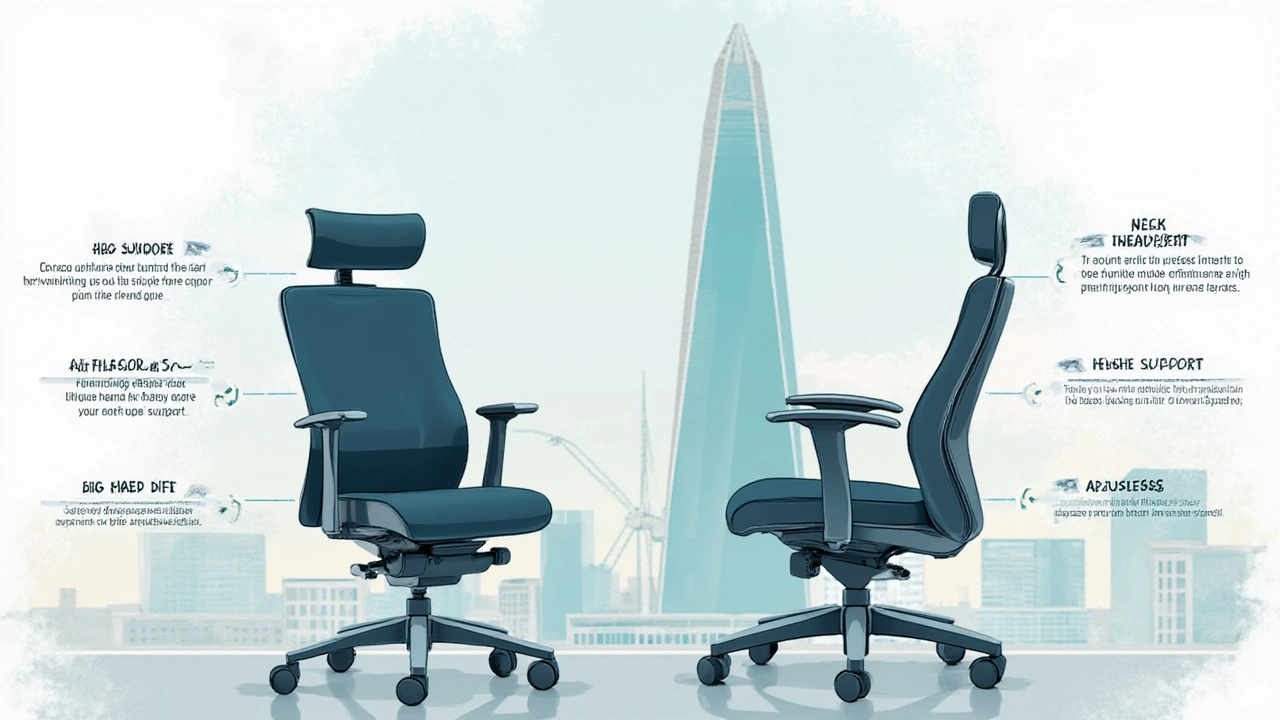
Ergonomics and Health: What Does Your Body Really Need?
This is where things get personal. The right chair depends on your height, what you do all day, and how your own back holds up to pressure. Let’s start with something most people never think about: your vertebrae. The human spine has a natural S-curve, with the lumbar spine (low back) needing a totally different kind of support than the thoracic (mid-back) or cervical (neck). Most injuries from office work are caused by slouching or craning the neck—so if you’ve got a desk job, your chair should help you keep that S-shape, not punish you for sitting straight.
Mid-back chairs are perfect for people who move around a lot. Maybe you’re bouncing between tasks, or your day involves getting up for meetings. These chairs give you support right where you need it but let your upper back and neck move freely. That’s key for folks who don’t want to feel boxed in. On the flip side, if you routinely type all day without breaks, your muscles start to fatigue, and that’s where high-back chairs shine. They gently nudge your whole back into alignment and usually have an integrated or attachable headrest, so you’re not tempted to crane your neck forward, which is the cause of a lot of monitor-induced headaches.
Studies keep piling up—like a 2017 experiment from University of Waterloo that tracked how high-back chairs could significantly reduce upper back and neck muscle tension for users who spent more than five hours daily at their desks. On the other hand, if you’re on the shorter side, high-back chairs can sometimes become a pain point if the headrest doesn’t hit at the right spot. If your head is constantly pushed forward, your body will start compensating in unhealthy ways. Tall folks, meanwhile, often love high-back chairs for the extra coverage and stability.
There’s also the question of sweat. High-back chairs, especially those with full upholstery, can feel hot after sitting for long stretches, especially if you don’t have AC or your workspace faces a sunny window. That’s why a lot of tech startups and creative offices picked mid-back mesh chairs—better air flow, lighter to move around, and less chance of collecting odors or stains. In home offices, comfort usually wins out, so people often splurge on high-back options with memory foam or plush padding, especially if they spend part of their evenings gaming, reading, or streaming shows right from their work chair.
So which chair will save your back from the Monday grind? If you have a history of neck or upper back pain, or you’re recovering from injury, go with a high-back. If you’re more active, need to stay nimble, or just want something that blends in without feeling like a throne, a mid-back could be your sweet spot.

Tips for Choosing the Right Chair for Your Space and Workstyle
Once you start sitting in different chairs, the "feel" starts to matter more than any technical spec. But a few smart tips can narrow the choices fast and help you avoid classic rookie mistakes.
- Try before you buy whenever possible. Chairs that look similar online can feel wildly different in real life, especially the lumbar support.
- Check the headrest on high-back chairs: if it pushes your head forward, it's the wrong fit. A good one lets your chin stay parallel to the floor when you relax.
- If you share the chair or hot desk, a mid-back is usually more forgiving. Less adjustment to reset each day means less time fiddling and more time working.
- Consider your room size. High-back chairs have a larger footprint and might visually dominate small home offices. Mid-backs keep things streamlined and are easier if your workspace is part of a living room or bedroom nook.
- Look for breathable materials—mesh mid-backs are unbeatable for airflow, but high-backs with ventilated foam can surprise you, too.
- Don't get seduced by looks alone. Cheap imports that mimic “executive” high-backs may skip lumbar support or use flimsy foam that collapses in a year. $150 on a proven mid-back beats $300 on a knockoff high-back every time.
- If you’re investing for the long haul, check the warranty. Known makers like Herman Miller, Steelcase, and Haworth build chairs where replacement parts and customer service actually exist. That’s gold years down the road.
- Remember height range. Sit and see if both feet land flat on the floor, thighs parallel and knees bent at ninety degrees. An inch too high or low can mess up your posture.
- If you are on video calls all day or run meetings, a high-back with subtle design can give you that "leading the room" vibe, but make sure the back isn’t so tall your face disappears on screen.
- Think about your future self: chronic back and neck problems build up quietly. Even if you feel fine now, ask your body whether it will still thank you ten years later. A chair isn’t just for today—it’s an investment in pain-free productivity.
The final trick: listen to your back. Is it tired? Restless? Do you catch yourself perching at the edge of your seat after two hours? You might need a high-back. If you’re the type who fidgets, swivels, or turns in your chair often, that freedom of a mid-back could keep you happier for longer. Either way, ignore anyone who says there’s a "one size fits all" solution. Your chair, your choice, your spine—make the pick that matches the real you, not some catalog model.

